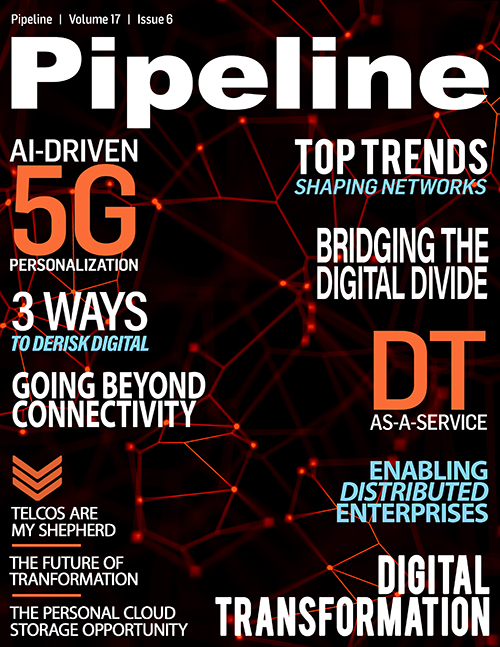Beyond Connectivity: An Industry Scorecard
Multi-edge computing (MEC), or providing generalized computing resources in the edge of the DSP’s network, is a fast-growing service. For internal uses (such as a place for firewalls to run or providing internal content delivery services), it has already been technically successful. The recent announcement of DSP partnerships with the web-scalers, which want computing resources available geographically close to their corporate clients without proliferating multiple small data centers, is providing a boost to the market. The future looks bright.
Mobile Video – 3 out of 10 – Excellent Potential
Consumers do want to look at videos on their small screens, much to the surprise of many. The growth potential is huge, although the DSPs may be left with just connectivity.
Private 5G Networking – 3 out of 10 – Excellent Potential
Private 5G networks for industrial use will be a major growth driver for the 5G infrastructure providers. But will the DSPs be able to also capitalize on this trend by providing service such as installation, management, and integration into their larger 5G networks? It remains to be seen.
Special Events Services – 3 out of 10 – Very Good Potential
Providing services for special events, especially with small-cell 5G networks—as well as specialty communications, processing, storage, and content management—represents an important opportunity. But, of course, such arrangements presuppose a return to large mass events.
IoT Platforms – 3 out of 10 – Moderate
Overall, platforms supporting the Internet of Things provide provisioning, support and security for the devices and data collection and processing for the information. So far, few DSPs are getting into the business, leaving it to specialty providers.Bundled Compute, Storage, and Communications – 2 out of 10 – Good Potential
There is an important and growing need to implement and manage the communications fabric along with the multi-cloud compute and storage platforms. This is being done by service chaining and multi-layer management systems. Managing them as a single entity as a managed service represents a good potential opportunity for DSPs.
Home Networking – 1 out of 10 – Very Good Potential
Some DSPs are already doing significant business in home networking, Comcast being the key example. The growing complexity and importance of these networks with work-at-home represents a good growth opportunity, especially if the cost of these networks and services are subsidized by companies.
Low-Latency Gaming – 1 out of 10 – Very Good Potential
Interactive gaming is already a large industry. The provisioning of specialized communications services that provide low latency for fast response for competitive games and virtual reality represent a particularly good potential for growth.
Future digitalized services
Beyond the above emerging digital services are several others that are taking form, among them slicing-enabled enhanced connectivity that will provide specific, enforceable QoS guarantees; digital transformation fabrics that will do for various industries what IoT platforms do for IoT; and even DSPs shifting to being the overall providers of digital enablement of specific industries as they partner with industry-specific experts. Their potential is large, with the overall opportunities about three times the communications portion of the market.
So, what’s next?
Most of the key opportunities described here are, not surprisingly, in the B2B arena, where the future growth of the DSPs primarily lies. Will the emerging DSPs be happy with enhanced connectivity? Or will they partner with, acquire, or develop their expertise in the other areas to expand their markets? Yes, they will. But the extent to which they are successful remains to be seen.



















